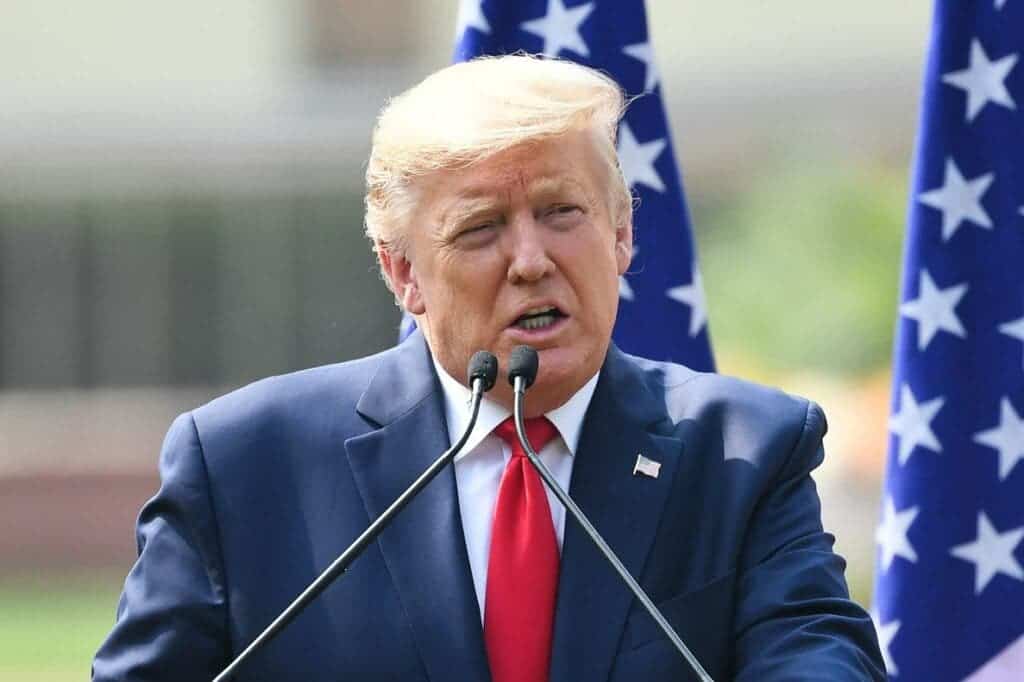In a joint action to limit environmental regulations in the US, the Trump administration decided to temporarily accelerate the construction of infrastructure projects, weakening the authority of the government to issue a strong climate and clean air policies.

Agencies can now waive some of the required environmental reviews of infrastructure projects to be built during the pandemic, according to an executive order signed by Trump. This adds to a proposed new rule by the Environmental Protection Agency that could limit the strength of air pollution controls.
The move is just the latest in a long list of decisions made by Trump to weaken environmental regulations. The list includes greenlighting the Dakota and Keystone pipelines, appointing a climate change denier as head of the EPA (Scott Pruitt), and reconsidering fuel efficiency standards.
“In light of this and other developments, I have determined that, without intervention, the United States faces the likelihood of a potentially protracted economic recovery with persistent high unemployment,” Trump’s executive order said, allowing agencies to bypass environmental rules to approve new infrastructure projects.
The order essentially overrides normal procedures under laws like the National Environmental Policy Act, the Endangered Species Act and the Clean Water Act. Environmental organizations harshly questioned the move, saying it will affect the poor, indigenous groups and people of color the most.
“A public health crisis is not an excuse to drill, mine and pave our public lands, and the American people won’t fall for it,” Jesse Prentice-Dunn, policy director of the Center for Western Priorities, told The New York Times. “This order will almost certainly increase environmental injustice across America..”
The Transportation Department, the Department of Agriculture, the Department of the Interior, the Defense Department and the Army Corps of Engineers will have to “use all relevant emergency and other authorities” to expedite infrastructure projects, the order reads. They must report back to the White House within 30 days with a list of all projects that have been fast-tracked.
Alongside Trump’s order, the current EPA chief Andrew Wheeler (who replaced Pruitt) proposed a new set of guidelines for how the agency weighs the costs that regulation places on an industry and its customers versus the health benefits it provides to the public. The proposal applies to rules under the Clean Air Act.
When working on a new regulation, the EPA now takes into account all its benefits, even when they are unintentional. For example, a rule that targets mercury from coal plants also reduces particle pollution as well as carbon dioxide. The agency groups all the benefits and compares them against the costs of the industry.
But this is set to change. Once the proposal is accepted, EPA will still calculate and consider those co-benefits from regulation but will not use them to justify it. “Co-benefits would not be used to justify the rule,” Wheeler explained in a telephone call with a group of reporters.
What this essentially means is that the EPA can justify weakening clean air and climate change regulations with economic arguments. And this is just the beginning. Similar proposals will be issued in the next three years for land, water, and chemical rules, Wheeler anticipated.
Miles Keogh, executive director of the National Association of Clean Air Agencies, which represents state and local air regulators, questioned EPA’s decision. “The rule cuts out the most important factor to consider when the agency is trying to decide whether an action protecting public health is worth it, which is public health.”
Nevertheless, the proposal still has to be approved, a process that could take a full year, and its future will depend on the outcome of the US presidential elections in November. If Biden defeats Trump and is inaugurated before the rule is made final, he could simply discard it.






